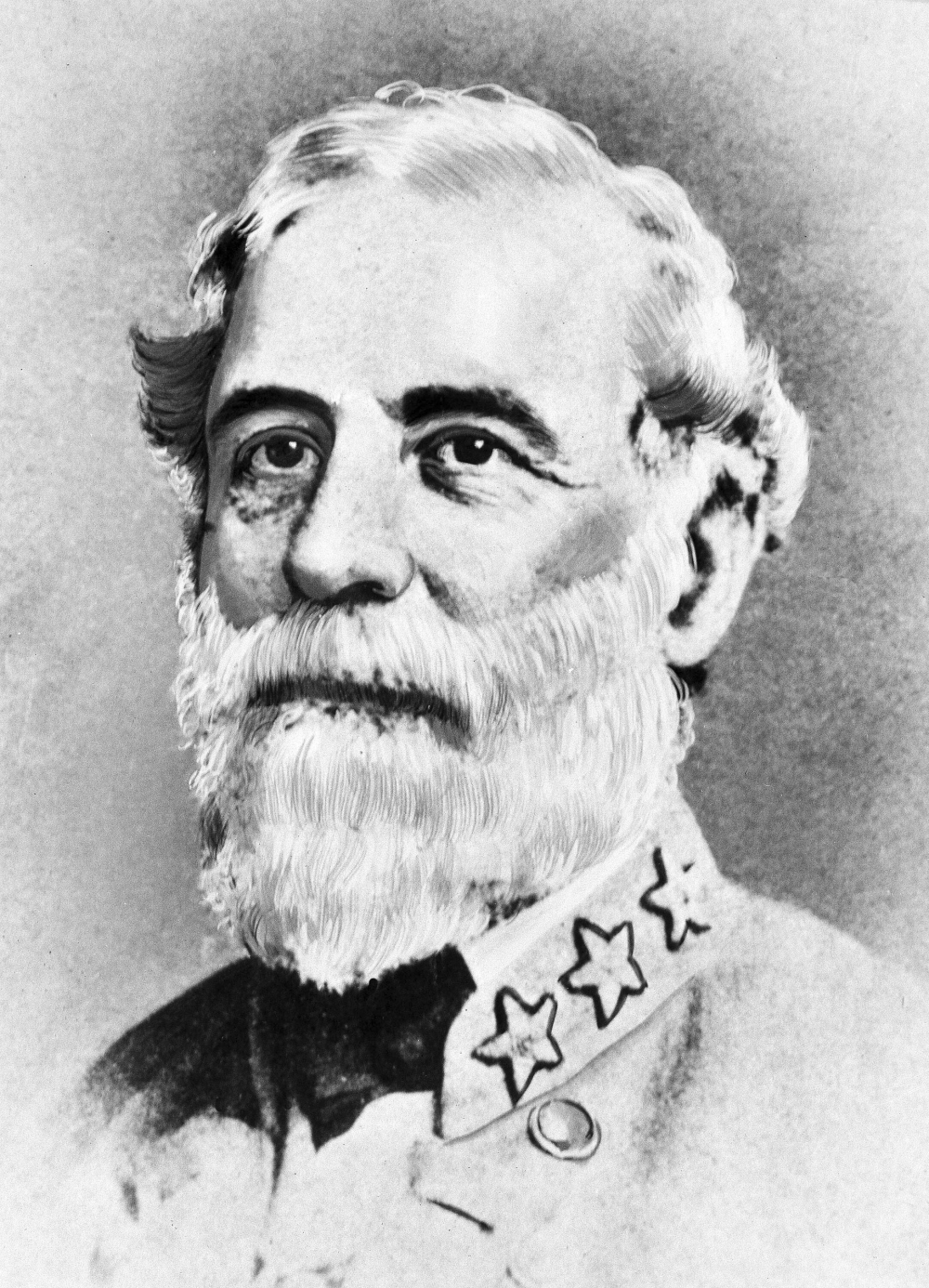
Two months. That’s how long Utah’s public colleges and universities officially have to submit the first draft of their plans for slashing millions from their budgets. “The timeline is frantic,” said Salt Lake Community College President Greg Peterson.
While the reductions have been talked about for months, the final details and approval of HB265 from the Utah Legislature didn’t come until the final days of the session in early March. Gov. Spencer Cox then signed the measure into law last week.

School leaders say they will have to rush to carry out the major action — and will have to circumvent some of the normal processes for feedback and approval to meet the quick deadline. “Moving that much money that quickly can be difficult,” acknowledged Nate Talley, the deputy commissioner over higher education, last week. The measure calls for the base budget of all eight public colleges in the state to be cut by $60.
5 million . Only once that happens does it then allow schools to earn back their share back, by reallocating the funding to high-demand, high-wage programs — and away from “inefficient” majors — to be more job-focused. The Utah Board of Higher Education moved quickly Thursday to approve the formal guidelines and a template for schools to use in making the budget cuts decisions.
The guidance includes the different metrics each college and university can consider when trimming their costs, including graduation rates, program costs, trends and state demands for jobs like nursing, engineering and business. The overarching Utah System of Higher Education has also provided several new dashboards — with one done in conjunction with the Utah Department of Workforce Services that tracks job outcomes — so institutions can make data-informed decisions. Another dataset compares the cost of instruction to the total amount of students in a program.
But the expedited timeline is causing heartburn from some university presidents. Presidents must present their initial plans for reductions to the Utah Board of Higher Education in May, with a formal presentation on June 6. Those have to get the board’s final approval by June 30 and must account for at least 30% of the reductions for the first fiscal year.
The plans will then be presented to the Legislature’s Higher Education Appropriations Subcommittee in August and the Executive Appropriations Committee in September for further scrutiny and final approval. Salt Lake Community College will see a $5.2 million reduction.
Peterson said he appreciates the new data resources, but even with them, he said, the short amount of time means the decisions will not be “as robust” as he would like. “We’re doing the best we can with the information we have right now,” Peterson added. Amanda Covington, the chair of the board, though, said there are “high expectations that we get it as right as we can in a short amount of time.
” Peterson encouraged the board members to give feedback over the next two months while the plans are being drafted and not to wait until the last minute, when it will be harder to make changes. Brad Mortensen, the president of Weber State University, said his staff also worked to create their own dashboard. But he agreed with Peterson on the too-fast turnaround.
“To follow it, we’re going to have to change some of the procedures we normally follow on reducing programs or making organizational changes,” he said. (Francisco Kjolseth | The Salt Lake Tribune) Brad Mortensen, president at Weber State University, attends a meeting of the Utah Board of Higher Education in Salt Lake City on Friday, March 28, 2025. That means processes to consult students, faculty and the board of trustees will likely be condensed.
Already, the Ogden school has decided to not fill a dean position over the College of Education and merge those programs with other departments to save money. Mortensen said he is prioritizing making administrative changes “to preserve faculty positions.” “But even with that, we know there are still going to be programmatic adjustments,” he said.
Weber’s share of the cut is $6.7 million. Mortensen said the decisions are difficult and will be worse if schools can’t show how they have justified the changes.
Many professors have feared that the liberal arts will be the first on the chopping block under the market-focused metrics. Colleges have wide flexibility to make the budget cuts wherever works best for them, though state leaders have encouraged reducing what they see as “administrative bloat” in higher education. The only real limits are that schools can’t cut from their required general education programs that all students go through, and they can’t make up the money by raising tuition, Talley said.
The University of Utah and Utah State University have both instructed faculty and staff to look at their departments and propose what could be trimmed from the budget. USU is also looking at voluntary resignations to get to its total of $12.6 million.
In a letter sent to staff Monday, interim USU President Alan L. Smith said the school will look to reduce the budget as much as possible through administrative restructuring before turning to discontinuing programs. “Having said this, there will be no way to avoid job cuts — personnel are the primary cost of an institution like ours,” he added.
He also said, like Mortensen, the pace of the decisions will require superseding standing policies for normal approval; policies, as well, for tenure might “not be applied” under the circumstances. “This is necessary to meet the timeline and expectations of the legislation,” he added. “.
.. Attending to everything before proceeding would be ideal, but this is a luxury we do not have.
” Snow College President Stacee McIff said the reductions are particularly difficult at her rural, two-year school where students earn associate degrees. There aren’t really “inefficient” programs to cut, she said. Snow College has the smallest budget decrease, with $1.
7 million. Budget cut template by Courtney on Scribd.















